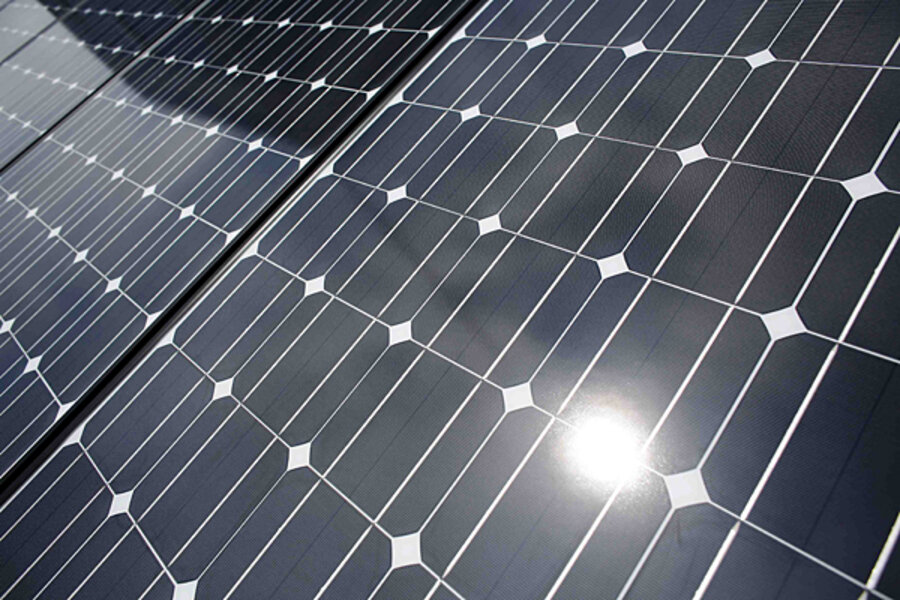The world's thinnest solar cell, just a nanometer thick
Loading...
The trend in solar cell research at the moment is aimed at increasing the conversion efficiency, resulting in most solar cells now able to convert 15 -20 percent of the solar energy they receive into electricity, and the most efficient modules operating at 30 percent efficiency.
Researchers at MIT, however, have been taking a different route in their research. They have been working on making the solar cells far thinner, and with fewer materials. In a paper titled “Extraordinary Sunlight Absorption and 1 nm-Thick Photovoltaics using Two-Dimensional Monolayer Materials” they described how they have managed to develop a technique for creating solar cells that are only two molecules thick (the thinnest solar cells possible).
Jeffrey Grossman, the Carl Richard Soderberg Associate Professor of Power Engineering at MIT, who authored the paper along with Marco Bernardi, a postdoc in MIT’s Department of Materials Science, and Maurizia Palummo, a senior researcher visiting MIT from the University of Rome, explained that they used nanotechnology to place a one-molecule thick layer of grapheme on top of a one-molecule thick layer of molybdenum disulphide, creating a solar cell that is just one nanometre thick. Admittedly the resulting solar cell can only offer a conversion efficiency of 1-2 percent, but by placing multiple cells one on top of the other the overall generation capacity can be far greater than conventional cells; as much as 1,000 times more energy per pound than normal.(Related Article: The Evolving Efficiency of Photovoltaic Solar Panels)
In order to provide a comparison, ThinkProgress noted that Alta Devices are also developing an ultra-thin solar cell, and whilst their product does work at 30% efficiency, it is 1,000 times thicker than MIT’s cell, at one micrometre. And whereas the MIT cell will be cheap to produce, Alta Devices’ is expensive due to the use of purified silicon. (Related Article: Buffett Goes After 2nd Solar Farm Bond)
Fearing that the incredibly thin nature of the solar cell will make it delicate and vulnerable to breaking, is not unreasonable, but amazingly the cells should be strong, able to withstand heat, moisture, and wind, all without the need of the traditional glass protection.
The problem with MIT’s design is that it is just that. A design and nothing more. They have run all computer modelling simulations, but have yet to actually produce a physical sample. And with the lack of large-scale techniques for producing molybdenum disulphide, manufacturing the cells in any volume is still impossible.
Original article: http://oilprice.com/Latest-Energy-News/World-News/MIT-Creates-Worlds-Thinnest-Solar-Cell-Just-1-Nanometre-Thick.html






